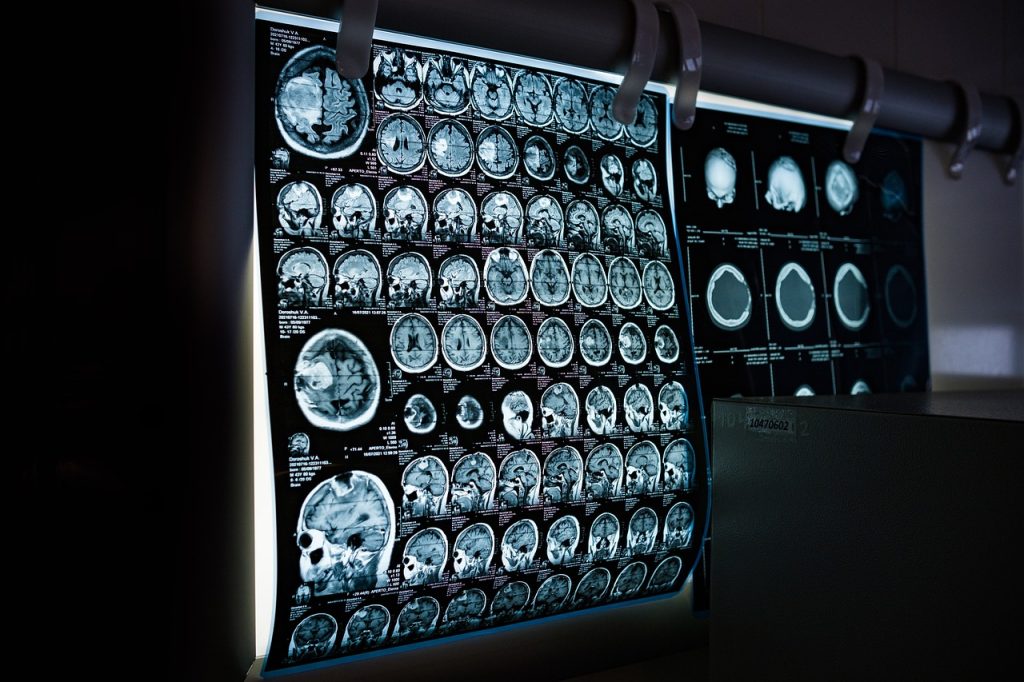Table of Contents
The integration of robotics in healthcare is revolutionizing the industry, enhancing patient care and medical procedures in ways previously unimaginable. From surgical assistance to rehabilitation, robots are transforming how healthcare is delivered, leading to improved outcomes, increased efficiency, and reduced costs. This article explores the various applications of robotics in healthcare and the profound impact they have on patient care and medical procedures.

Robotic Surgery
One of the most significant advancements in healthcare robotics is in the field of surgery. Robotic-assisted surgery allows for minimally invasive procedures, which are less traumatic for patients compared to traditional open surgery. Systems like the da Vinci Surgical System provide surgeons with enhanced precision, control, and flexibility. These robots translate the surgeon’s hand movements into smaller, more precise movements of tiny instruments inside the patient’s body.
The benefits of robotic surgery are numerous. Patients experience smaller incisions, less blood loss, reduced pain, and quicker recovery times. For instance, in procedures such as prostatectomy, hysterectomy, and cardiac valve repair, robotic assistance has become a standard practice, leading to better surgical outcomes and higher patient satisfaction.
Rehabilitation and Physical Therapy
Robotics also play a crucial role in rehabilitation and physical therapy. Robotic exoskeletons and therapy devices assist patients in regaining mobility and strength after strokes, spinal cord injuries, or orthopedic surgeries. These devices provide consistent, repetitive movements necessary for effective rehabilitation, which can be challenging to achieve with traditional therapy methods.
Robotic rehabilitation systems like the Lokomat and EksoGT offer personalized therapy sessions tailored to each patient’s needs, ensuring optimal recovery. These systems can also collect data on patient progress, allowing therapists to adjust treatment plans accordingly. The use of robotics in rehabilitation not only accelerates recovery but also enhances the overall quality of care provided to patients.
Robotic Pharmacy and Medication Dispensing
Medication errors are a significant concern in healthcare, often leading to adverse patient outcomes. Robotic systems in pharmacies and hospitals are addressing this issue by automating the process of medication dispensing. Robots ensure accurate and timely delivery of medications, reducing the risk of human error.
Automated pharmacy systems like the PillPick and ScriptPro can sort, package, and dispense medications with high precision. These systems also free up healthcare professionals to focus more on patient care rather than administrative tasks. By improving the accuracy and efficiency of medication management, robotics contribute to safer and more reliable healthcare delivery.

Patient Monitoring and Assistance
Robots are increasingly being used for patient monitoring and assistance, particularly for elderly and disabled individuals. Companion robots like the Paro therapeutic robot and Pepper social robot provide emotional support and companionship to patients, reducing feelings of loneliness and isolation. These robots can also assist with daily activities, ensuring that patients maintain a degree of independence.
In hospitals, robotic systems such as TUG robots are used to transport supplies, medications, and equipment, allowing healthcare staff to spend more time on direct patient care. Patient monitoring robots equipped with sensors can track vital signs and alert medical staff to any changes in a patient’s condition, enabling timely interventions and improved patient outcomes.
Telemedicine and Remote Surgery
The COVID-19 pandemic has accelerated the adoption of telemedicine, and robotics play a significant role in this domain. Telepresence robots enable doctors to conduct remote consultations, interact with patients, and even perform remote surgeries. These robots bridge the gap between patients and healthcare providers, especially in underserved and remote areas.
Remote surgical robots allow expert surgeons to perform complex procedures from a distance, utilizing advanced robotic systems and high-speed internet connections. This technology not only expands access to specialized surgical care but also reduces the need for patients to travel long distances for treatment.
Challenges and Future Prospects
Despite the numerous benefits, the integration of robotics in healthcare comes with challenges. High costs, regulatory hurdles, and the need for specialized training are significant barriers to widespread adoption. Additionally, ethical considerations regarding patient privacy and the potential for job displacement must be addressed.
However, the future of robotics in healthcare looks promising. Advances in artificial intelligence and machine learning are expected to further enhance the capabilities of medical robots. Improved affordability and accessibility of robotic systems will likely lead to broader adoption across healthcare facilities worldwide.

Conclusion
Robotics in healthcare is transforming patient care and medical procedures, offering unprecedented precision, efficiency, and safety. From robotic surgery and rehabilitation to medication dispensing and patient monitoring, robots are enhancing every aspect of healthcare delivery. As technology continues to evolve, the role of robotics in healthcare will only expand, paving the way for a future where high-quality, personalized care is accessible to all.

